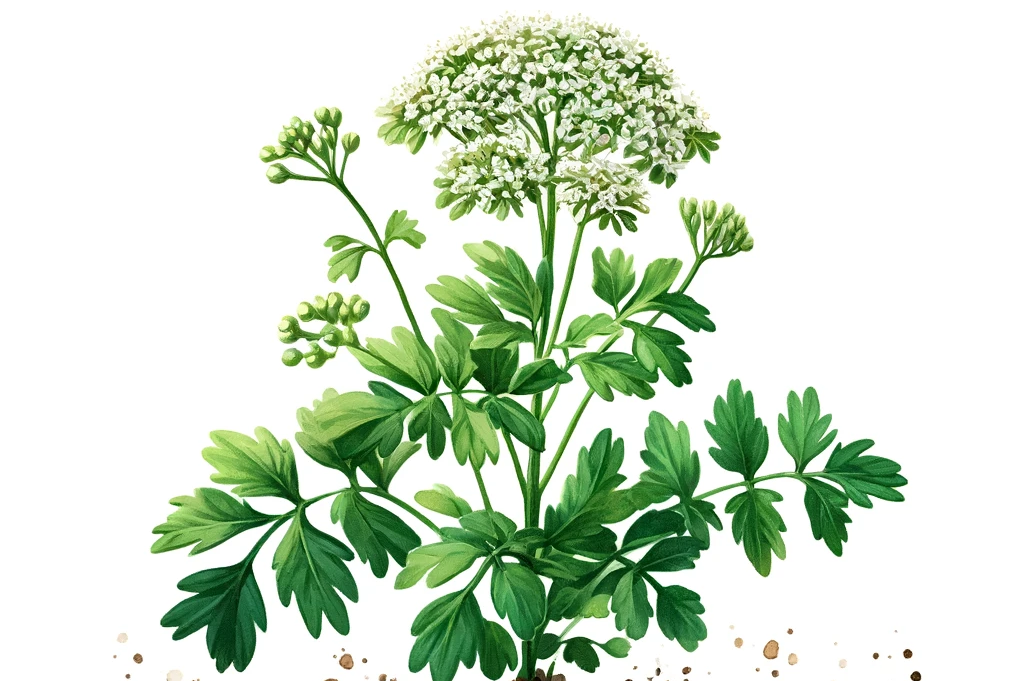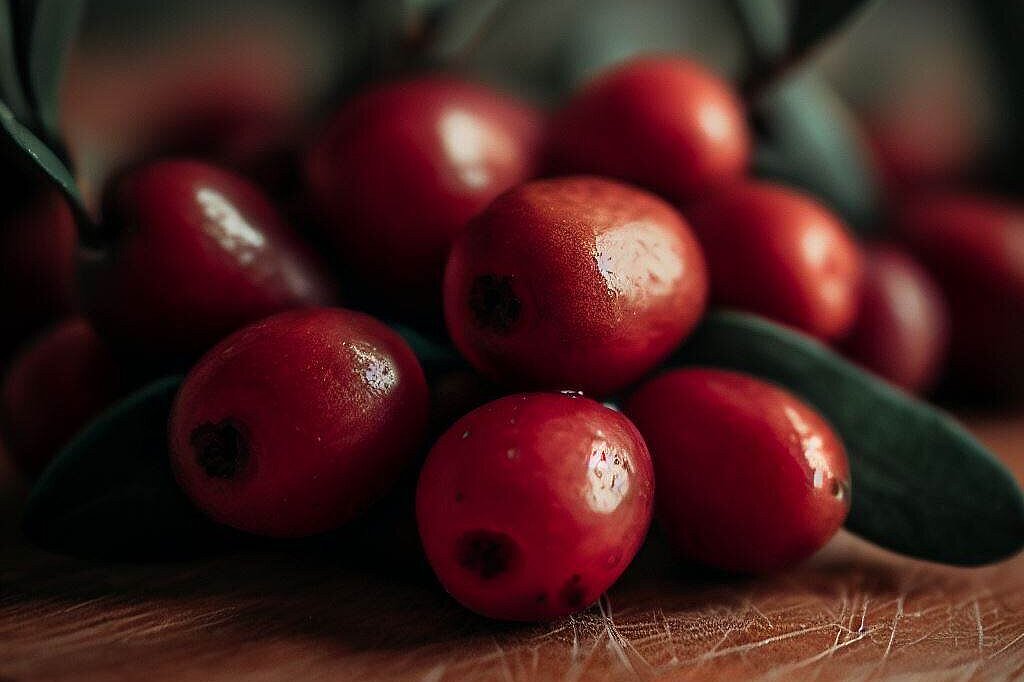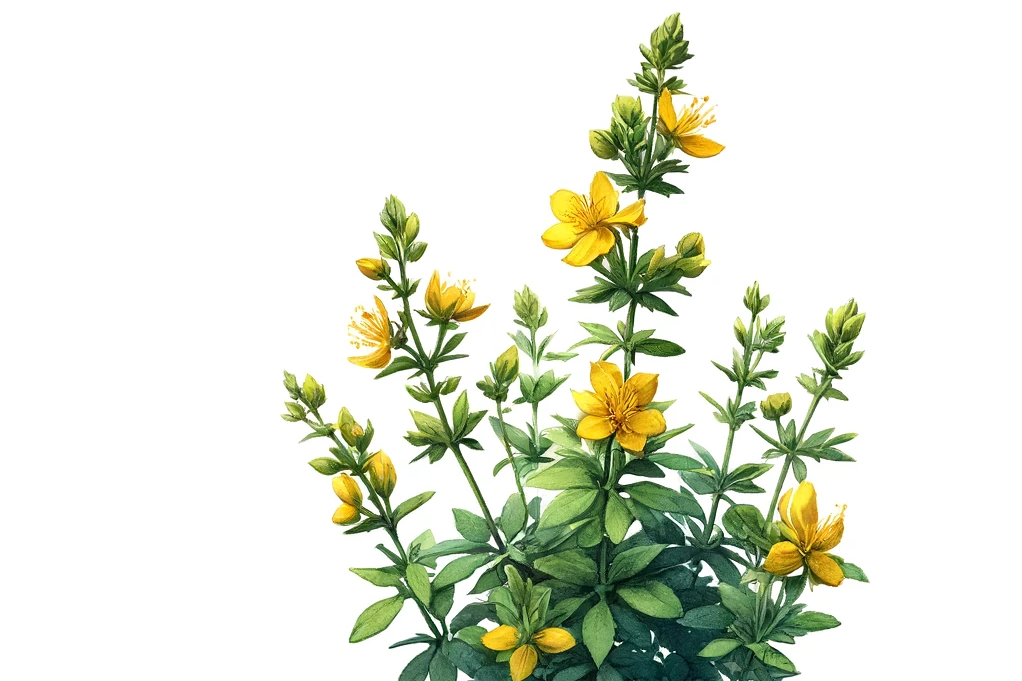Real spit

What is Valeriana celtica?
Valeriana celtica is a plant species of the valerian genus (Valeriana) in the valerian subfamily (Valerianoideae). The name Speik goes back to the old name of this plant species, "spica celtica" (Latin spica = spike, celtica = Celtic). There are also other plant species that are known as speik.
The spica is a perennial, herbaceous plant that grows to a height of 5 to 15 centimetres and spreads an intense smell of valerian. There are one or two pairs of shiny dark green leaves on the bare, upright stem. The whole-margined basal leaves are narrowly lanceolate, three-veined, 1 to 8 millimeters wide and narrowed into the stem. The stem leaves are smaller and almost linear. The flowers are arranged in 2 to 6 few-flowered whorls, which together form a cylindrical racemose inflorescence. The lower whorls are often stalked. The flowers are hermaphrodite. The corolla is 1 to 3 millimetres long and is yellowish at the base and cloudy red at the tips. The hermaphrodite and male flowers are 2 to 3 millimeters long, the female ones 1 millimeter. The fruits are 2 to 3 millimetres long with 4 to 6 millimetre long pappus bristles.
Where is the spittlebug found?
The spittlebug is found in France, Switzerland, Italy and Austria. The Flora alpina lists two subspecies:
- Valeriana celtica L. subsp. celtica (Celtic valerian or true speik), an endemic of the Graian and Pennine Alps. It occurs in France, Switzerland and Italy.
- Valeriana celtica subsp. norica Vierh. (Norischer Baldrian or Norischer Speik), which grows exclusively in the Eastern Alps of Austria on lime-free soils at altitudes of 1800 to 3300 meters.
How is Speik used?
The roots of this species contain particularly high levels of essential valerian oil. The plant, which is now protected, used to be dug up en masse and exported to the Orient in particular. Today, this is reserved for licensed mountain farmers. There is even a special digging tool for this, the so-called Speikkramperl. The Speik soils - alpine meadows on which the plant was found in large numbers - were cultivated, with extensive use being followed by years of rest periods to allow the population to recover. Root digging was a trade in its own right, often reserved for the lord of the manor. The roots were stored on special dry floors, and being locked up in them was considered a severe punishment for certain offences (speik sitting), whereby the culprit could be recognized long afterwards by their smell.
The use of the plant for the production of spittoon soap is well known. It was and is also used as incense, to flavor wine and ointments and to drive away moths.
What are the benefits of spikenard for dogs?
Speik has similar effects to valerian, which is known to have a calming and relaxing effect on the nervous system. So real spikenard can help your dog to relieve stress, reduce anxiety and sleep better. Real spit can also have an antispasmodic and pain-relieving effect, which can be helpful for gastrointestinal complaints or muscle tension. Speik can also promote blood circulation and strengthen heart function.
What are the disadvantages of real spit for dogs?
Real spit is not suitable for every dog. Some dogs are sensitive to the strong smell or the essential oil of the plant. This can lead to nausea, vomiting, diarrhea or skin irritation. Therefore, spikenard should only be used in small quantities and diluted. Spearmint should also not be given together with other sedatives or medicines, as this can lead to an overdose or interaction. Echter Speik should also not be given to pregnant or lactating bitches as this may interfere with parturition or milk production.
How can you give Echte Speik to your dog?
Spikenard is available in various forms, for example as a dried root, tea, tincture, oil or soap. You can give your dog a small amount as needed, for example:
- As a tea: pour a teaspoon of dried root over a cup of boiling water and leave to infuse for 10 minutes. Give your dog a few sips in his drinking water or over his food.
- As a tincture: Put a few drops of the tincture in the drinking water or on a treat.
- As an oil : Dilute a few drops of the oil with a carrier oil such as coconut oil or olive oil and gently massage it into your dog's coat or skin.
- As soap: Wash your dog with the soap or rub it over his coat.
Real spit is an interesting ingredient for dogs that has both benefits and drawbacks. It can help your dog to relax, relieve pain and strengthen the heart. However, it should only be used in moderation and with caution, as it can also have side effects. If you want to give your dog real spit, you should consult your vet beforehand and choose the right dosage and form.
If you notice any signs of hypersensitivity or poisoning in your dog, you should see your vet immediately. We are not a substitute for a vet, but we try to be as accurate as possible. Every dog reacts differently and we recommend you get a second opinion or consult your vet if in doubt.
Stay healthy and take good care of your four-legged friend!😊
Similar to Real spit
Valerian is a perennial shrub that can grow up to two meters high. It has white or pink flowers and long roots that give off the typical smell of the plant. The roots contain various substances that...
If your dog suffers from a bladder infection or has frequent problems with the urinary tract, bearberry can be a natural alternative to antibiotics. The plant can be prepared as a tea or...
Mountain mint is a perennial plant that is native to Europe, Asia and Africa. It has gray-green leaves and white or pink flowers that exude a strong fragrance. The plant contains various essential...
St. John's wort, also known as Hypericum perforatum, is a flowering plant that is native to Europe, Asia and North America. The plant has been used for centuries in folk medicine to treat various...



